Marwa | He/Him
Water Shortage
Tanzania
Temperate Grasslands, Savannas, and Shrublands
Session 9: May 24, 2023
When I was growing up, I witnessed nature in many glorious forms. I had the privilege of playing in the mountains, and seeing the rivers and green pastures in the different villages where I lived with my family.
When I was a child, I lived with my parents and my grandmother in a village called Nyamwaga, in Tarime District, in the northern part of Tanzania. It had the most beautiful scenery, with green pastures everywhere and water flowing from the mountains to the village and farms, turning into the Tigite River—one of the main rivers of my region. That is where I learned to rear livestock and farm. It is so sad that when I go back to this village today, my heart breaks to see that there is no water: the river is barely flowing. Nineteen years ago, as I remember, is when things started to change. Things kept getting worse, little by little, every year, as the river dried. The beautiful scenery started to disappear; green pastures became a rare sight. They would come back a little, with the rains, but the river kept getting drier.
Next, I lived in Nyarero Village with my grandmother. It is quite dry—just a rural village, with one gold mine nearby. Back then, beginning in 2008, we experienced severe seasonal water shortages that continue today. I was always worried about water whenever I left the house. When I went to school, I thought, “What if tomorrow there won’t be any water at all? What shall we do?” The buckets that we had for water storage were not enough. Every June to August, we were running out. The months dragged on. We did not have enough money to buy water from the people who sold it, and the nearest springs that still had any water were very far away: 3km from our house.
One morning when I was ready for school, I stood in the middle of my room and wondered if I should take a bucket with me so that, on the way home, I could fetch water either from school or from the spring. But I also thought that if I filled the bucket on the way home, I didn’t know where to keep it. People might steal it. I might get home very late. So I didn’t take the bucket with me, and I didn’t take a bath that day. I just went to school. But there, I couldn’t concentrate properly on what my teachers were saying, because I was constantly thinking about water at home. And I hardly even knew about what other communities or other countries were going through when it comes to water shortages and climate change.
I have always loved studying different places, and when I went to high school, I chose to study geography. In my university, I chose to pursue geography and environmental studies. And one day, my lecturer introduced us to the concept of climate change. However, I still had no link between the water scarcity in my village and global climate change—because it was taught as something that would come in the future, thirty years from now. But when I started researching and reading extensively about the topic, I realized that climate change is a real issue happening right now: even what we were experiencing in our community was the result of climate change.
Still, my village continues to experience water shortages. Although the local mining community provides some water and builds boreholes, it’s not enough, and the water is no longer as pure as it was when I was a child. People are also realizing that there is no longer enough water in the springs, because the water table is sinking deeper and deeper down, because it doesn’t rain enough in the rainy season and because the mining operations are continuing to expand.
Now that I understand the links between climate change and what I have witnessed in my community, I also understand the need for climate mitigation, finance, adaptation, and interventions in the water sector. People have to come together to solve the problem with a common goal. Like everywhere else in the world, people in my community need access to water for drinking, cooking, washing, and growing crops. And I believe that, through unity and action, we can achieve that.
These problems are very complex: they cannot be solved individually. So when we try to separate ourselves from our communities, seeking individual advantages, the problem remains. But I believe that it’s possible for most of us to not have to know how it feels to go without water, without food on the table. The 2022 IPCC report projects that 700 million people in Africa could be displaced due to droughts and water scarcity. What does that imply for us? Must we continue to act individualistically? We must all act together collectively.
Thank you.
Born and raised in Tanzania, Marwa graduated from University of Dar Es Salaam in 2021 with a Bachelor’s degree in Environmental Studies. During his studies, he developed a strong passion for environmental conservation, sustainable energy and combating climate change. After graduation, Marwa dedicated himself to climate change activism and SDG advocacy, devoting his time and energy to raising awareness about the urgent need for action on these issues. He has been volunteering with various organizations and movements, working on initiatives aimed at promoting sustainable development and safe energy, combating climate change, and protecting the environment. Currently, Marwa is working as a Program Coordinator at Human Dignity and Environment Care Foundation Tanzania, a environment organization where he uses his skills to spread the message of environmental conservation and sustainability to a wider audience.
